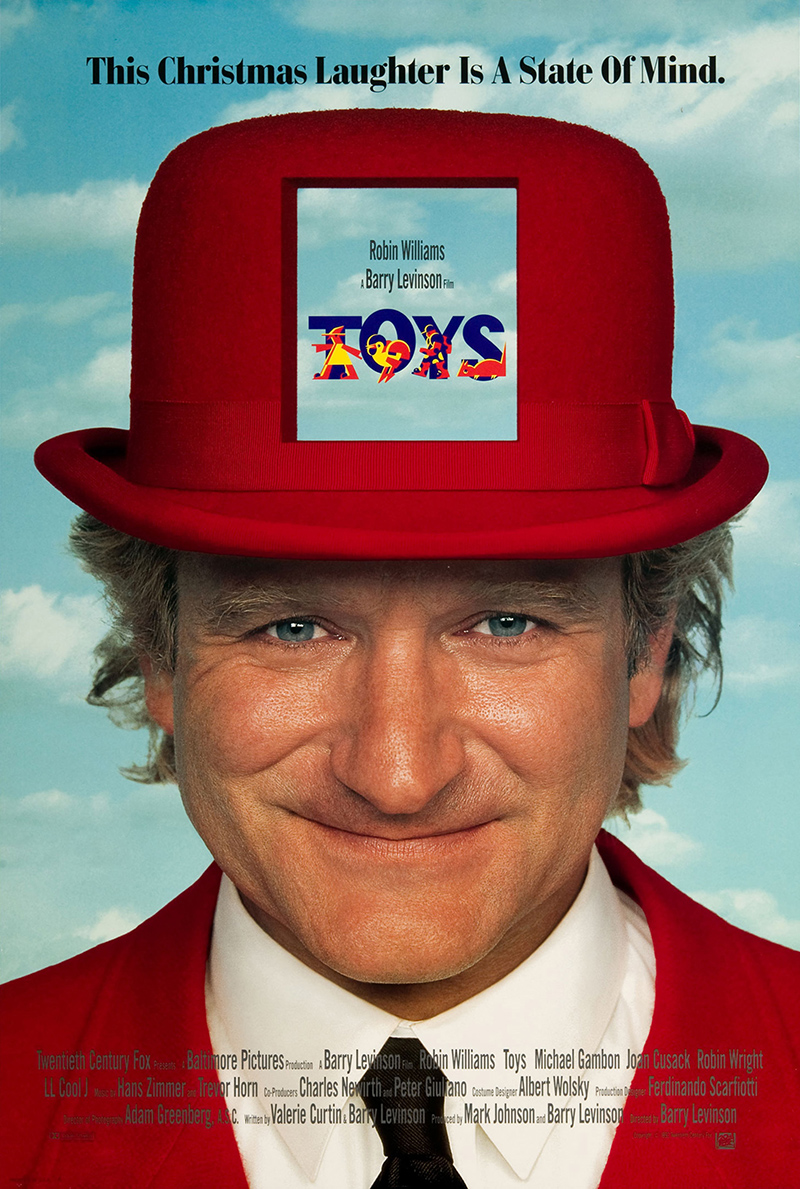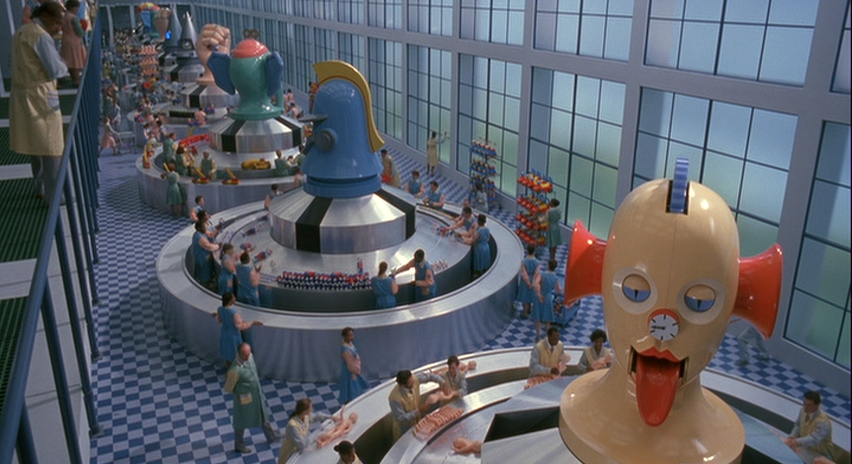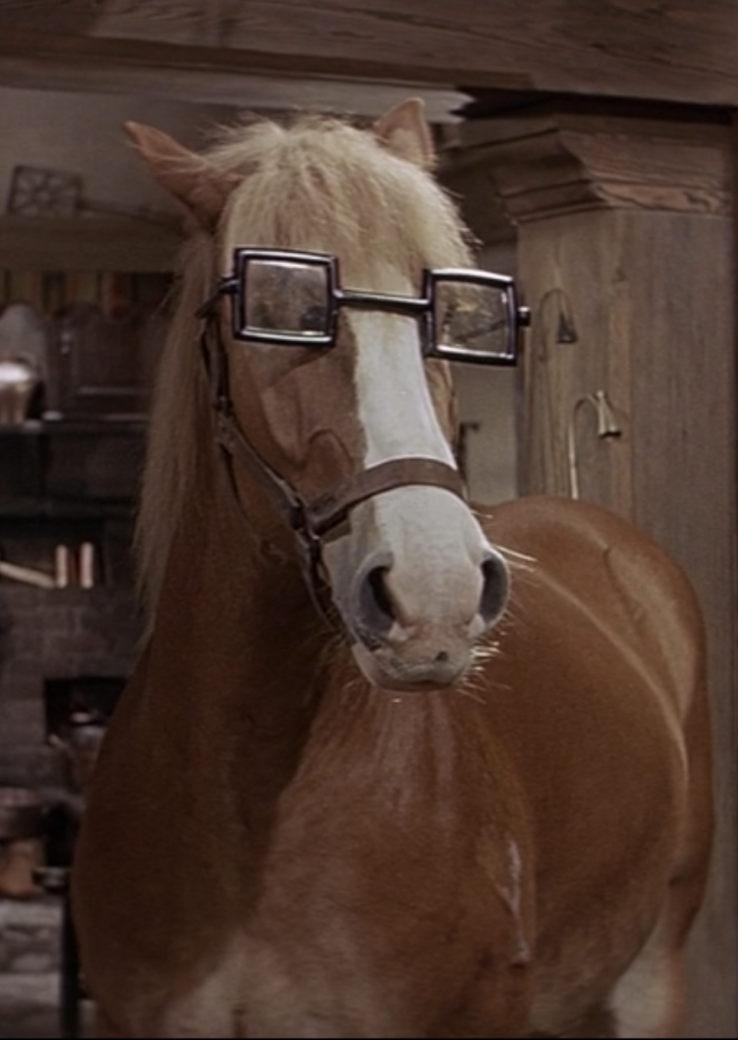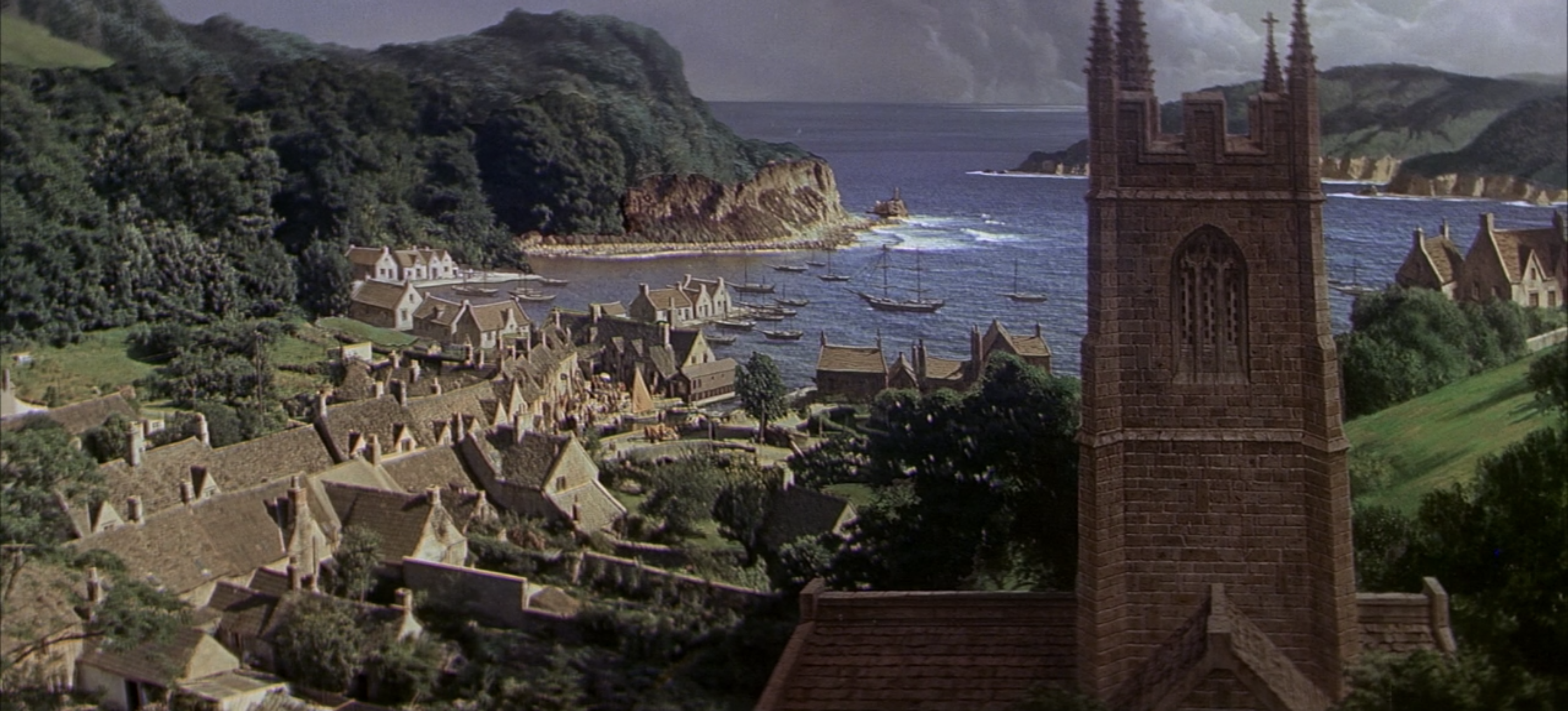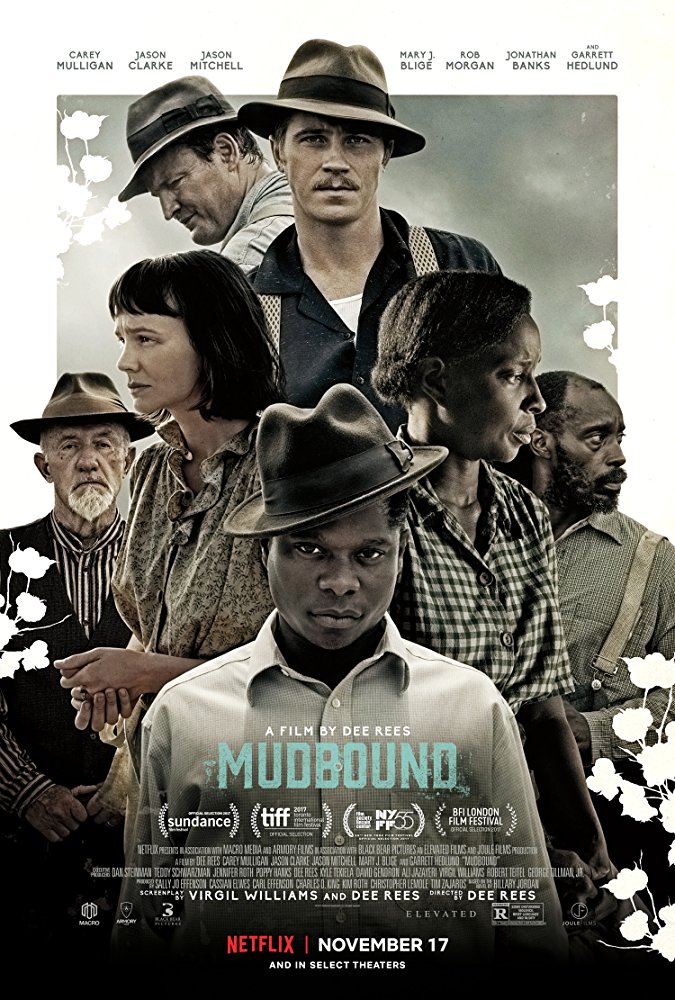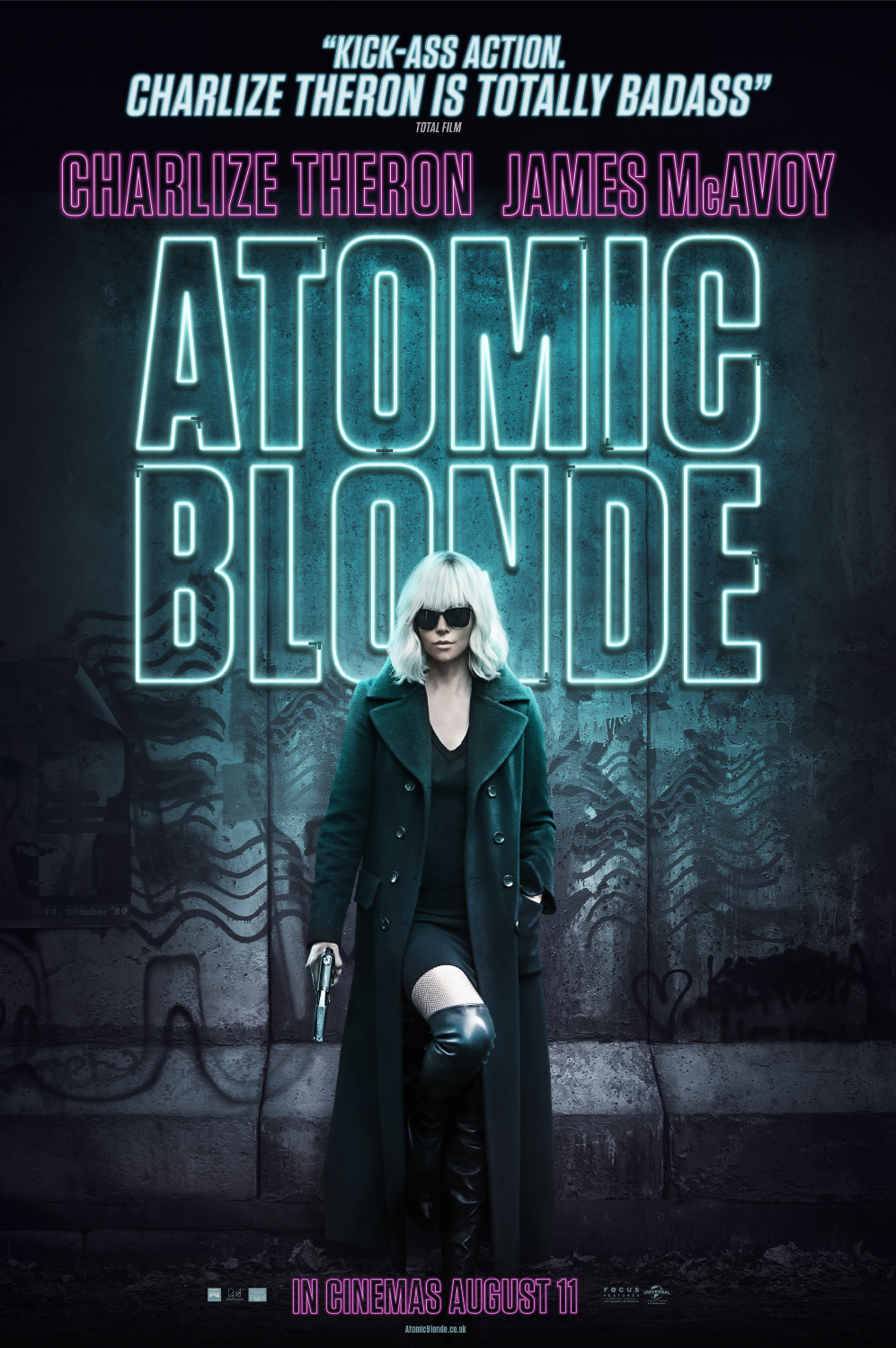FYC: The Furniture's 2017 Oscar Ballot
 Monday, January 8, 2018 at 4:41PM
Monday, January 8, 2018 at 4:41PM "The Furniture," by Daniel Walber, is our weekly series on Production Design. You can click on the images to see them in magnified detail.
 Production design can be a tricky thing to award. Like so many other categories, there’s a tendency to simply recognize “most,” rather than “best.” Moreover, great design can hide in plain sight. Brilliantly-conceived sets can seem like ready-made locations, particularly in contemporary films. Transportive design elements sit in the background, working their magic under the radar. It can take both a close eye and a little extra research to identify the year’s best work.
Production design can be a tricky thing to award. Like so many other categories, there’s a tendency to simply recognize “most,” rather than “best.” Moreover, great design can hide in plain sight. Brilliantly-conceived sets can seem like ready-made locations, particularly in contemporary films. Transportive design elements sit in the background, working their magic under the radar. It can take both a close eye and a little extra research to identify the year’s best work.
Still, here we are. Oscar voting is open and it’s time to make a last pitch. Below are my ideal nominees for Best Production Design, five films that often press up against detailed realism, while never letting go of their own movie magic...



